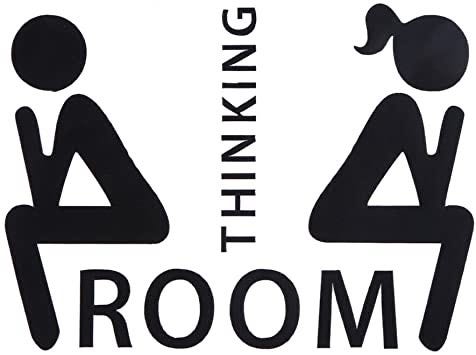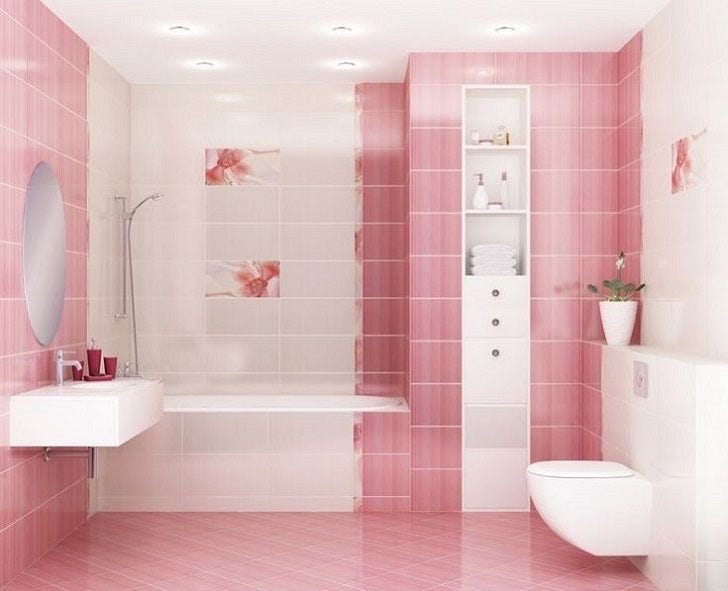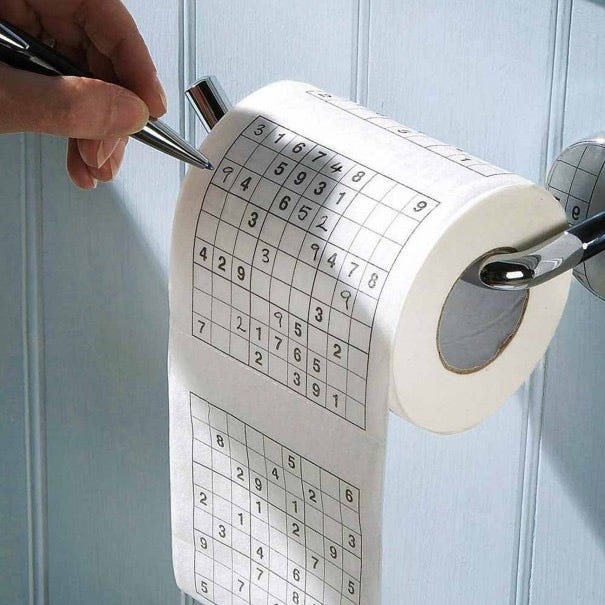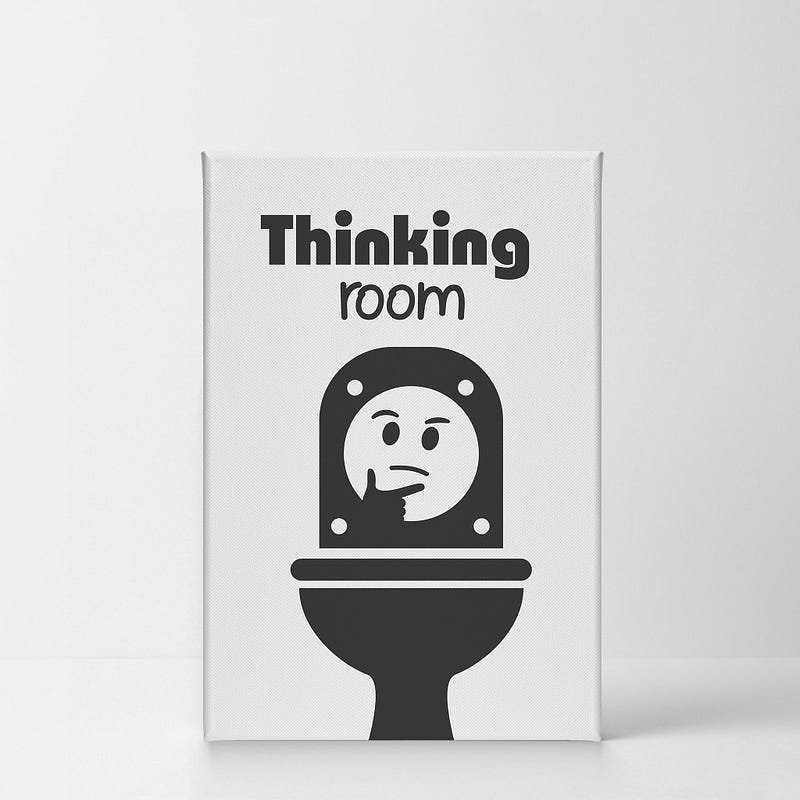The Unexpected Haven: How Toilets Influence Human Thought
Written on
Chapter 1: The Toilet as a Thought Sanctuary
It's likely that at least once in our lives, we've found ourselves contemplating in the restroom. My curiosity deepened when I learned about the phenomenon known as “Toiletphilia.”
In countless locations, people turn to toilets for reflection, often surpassing more conventional spaces like cafés, libraries, and even bedrooms.
As a child, I viewed the toilet solely as a place for bodily functions. I even experienced a fear of using it, known as toilet phobia. However, as I matured, I began to uncover the myriad of unexpected roles a toilet can play, ultimately aligning with the “evolution of humanity.”
My brother, in particular, sparked this newfound fascination. While he never announced his trips to the restroom, it was obvious when he took a newspaper or a book and vanished for 30-40 minutes. Clearly, no one spends that long simply relieving themselves. He relished the opportunity to fulfill a basic need while simultaneously expanding his knowledge. In my memories, he wasn’t a typical bookworm; his reading was mostly confined to our outdoor toilet. It seems that this “interest” subtly integrated into my own habits.

I cherish my moments alone in the restroom, where I can daydream, read news articles, or delve into books. It provides me with a sense of focus and comfort, a little secret I've never shared with anyone.
While traveling across continents and engaging with diverse cultures, I was thrilled to discover that I am not alone in my unusual affection for the toilet.
The ancient Indus Valley civilization featured one of the earliest urban sanitation systems (circa 2800 BC). Over the centuries, toilets have been refined to meet the needs of humanity. Even astronauts aboard the International Space Station utilize a toilet that recycles water into drinking water. However, rather than diving deeply into the history of the toilet, let's explore its connection with the human mind.
To sustain life, we must engage in fundamental activities: breathing, eating, sleeping, and excretion. Yet, I believe few utilize the toilet merely for its intended purpose, overlooking its potential as a “private oasis” for a few quiet moments.

Structurally, the toilet is a compact, cozy space that provides a refuge from the outside world—an ideal escape from arguments, restless children, or nagging partners. It’s a common retreat for reading, gaming, browsing social media, or listening to music. Toilets aren’t merely a refuge for the mundane; even great thinkers must occasionally seek solace there. Many brilliant ideas and creative insights have emerged from these seemingly unremarkable spaces.

Have you ever pondered why you initially feel discomfort from the restroom’s odor, yet adapt to it quickly? It’s not that the smell disappears; rather, your brain adjusts to the environment. This remarkable ability to acclimate has been honed through thousands of years of human evolution, enabling us to adapt swiftly to our surroundings.

It’s no wonder that many regard toilets as one of humanity's most fascinating and significant inventions. When seeking solitude, where else can one find a “safer” haven than the restroom? It offers the perfect spot to retreat and cry, disconnected from the chaos of life outside. In today’s fast-paced world, where we often race against time, we can struggle to carve out moments for self-reflection. Yet, behind the bathroom door, we find a rare opportunity to pause, reflect, and consider our personal needs and desires.

Chapter 2: The Cultural Impact of Toilets
The first video title is "DONT WATCH SKIBIDI TOILETS! (ALL SEASONS) - YouTube," which humorously highlights the quirky fascination with toilet-themed entertainment.
The second video title is "[BRB Talk] Very Human Designs for Toilets - YouTube," which explores innovative toilet designs and their cultural significance.